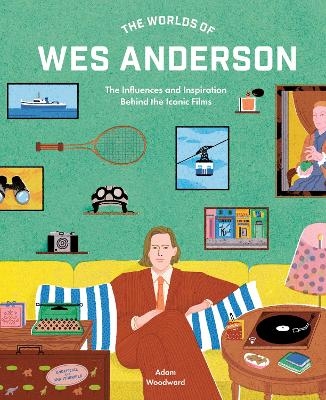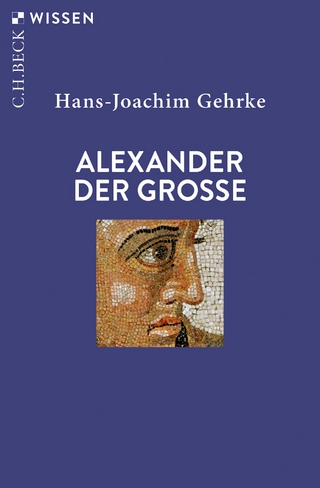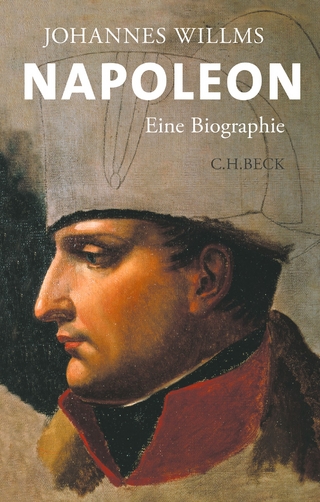
The Worlds of Wes Anderson
Frances Lincoln (Verlag)
978-0-7112-8216-2 (ISBN)
In all his films, Wes Anderson turns the mundane into magic by building distinctive and eccentric worlds. But how well do you know the man behind the camera? Discover the inspirations of one of our most revered auteurs with The Worlds of Wes Anderson.
Anderson’s playful and vibrant aesthetic is universally admired – but how has he managed to create such a recognisable identity?
From Hitchcock and Spielberg to Truffaut and Varda, there are countless homages and references scattered throughout Anderson’s filmography, while his cultural anchor points go far beyond film and into the worlds of art and literature.
Evocations of place and time underpin his work, from mid-century Paris in The French Dispatch to grand pre-war Europe in The Grand Budapest Hotel, while cultural institutions – such as Jacques Cousteau and The New Yorker magazine – are other touchstones.
For Wes Anderson fans and cinephiles alike, this is an essential insight into the creative process of one of the world’s most unique filmmakers.
Adam Woodward is Editor-at-Large at Little White Lies magazine, the leading independent voice in film.
Introduction
Chapter 1 Youth in Revolt
Part 1 Les quatre cents coups (François Truffaut, 1959)
Part 2 On the Waterfront (Elia Kazan, 1954)
Part 3 The British Invasion (1964–67)
Part 4 Melody (Waris Hussein, 1971)
Chapter 2 Forbidden Love
Part 1 The Graduate (Mike Nichols, 1967)
Part 2 Harold and Maude (Hal Ashby, 1971)
Part 3 The Passionate Friends (David Lean, 1949)
Part 4 A Story from Chikamatsu (Kenji Mizoguchi, 1954)
Chapter 3 Family Values
Part 1 The Magnificent Ambersons (Orson Welles, 1942)
Part 2 Charulata (Satyajit Ray, 1964)
Part 3 Tokyo Story (Yasujirō Ozu, 1953)
Part 4 Husbands (John Cassavetes, 1970)
Chapter 4 Under Authority
Part 1 La grande illusion (Jean Renoir, 1937)
Part 2 Torn Curtain (Alfred Hitchcock, 1966)
Part 3 L’enfance nue (Maurice Pialat, 1968)
Part 4 La chinoise (Jean-Luc Godard, 1967)
Chapter 5 Great Escapes
Part 1 Badlands (Terrence Malick, 1973)
Part 2 The Last Detail (Hal Ashby, 1973)
Part 3 Le monde du silence (Jacques-Yves Cousteau, Louis Malle, 1956)
Part 4 Paper Moon (Peter Bogdanovich, 1973)
Chapter 6 Creature Comforts
Part 1 My Neighbor Totoro (Hayao Miyazaki, 1988)
Part 2 Kes (Ken Loach, 1969)
Part 3 Fantastic Mr Fox (Roald Dahl, 1970)
Part 4 Watership Down (Martin Rosen, 1978)
Chapter 7 Life and Death
Part 1 Ikiru (Akira Kurosawa, 1952)
Part 2 Vagabond (Agnès Varda, 1985)
Part 3 Quai des Orfèvres (Henri-Georges Clouzot, 1947)
Part 4 Pigs and Battleships (Shôhei Imamura, 1961)
Chapter 8 Character and Perspective
Part 1 Stefan Zweig, selected works
Part 2 Barry Lyndon (Stanley Kubrick, 1975)
Part 3 Mean Streets (Martin Scorsese, 1973)
Part 4 The Red Shoes (Michael Powell, Emeric Pressburger, 1948)
Chapter 9 Colour and Composition
Part 1 Pieter Bruegel the Elder, selected works
Part 2 Mark Rothko, selected works
Part 3 Jacques Henri Lartigue, selected works
Part 4 Close Encounters of the Third Kind (Steven Spielberg, 1977)
Viewing Recommendations
Wes Anderson Filmography
Index
Image Credits
Biographies and Author Acknowledgements
| Erscheinungsdatum | 23.09.2024 |
|---|---|
| Zusatzinfo | 200 colour photos |
| Sprache | englisch |
| Maße | 210 x 260 mm |
| Gewicht | 750 g |
| Themenwelt | Literatur ► Biografien / Erfahrungsberichte |
| Kunst / Musik / Theater ► Film / TV | |
| ISBN-10 | 0-7112-8216-1 / 0711282161 |
| ISBN-13 | 978-0-7112-8216-2 / 9780711282162 |
| Zustand | Neuware |
| Informationen gemäß Produktsicherheitsverordnung (GPSR) | |
| Haben Sie eine Frage zum Produkt? |
aus dem Bereich


